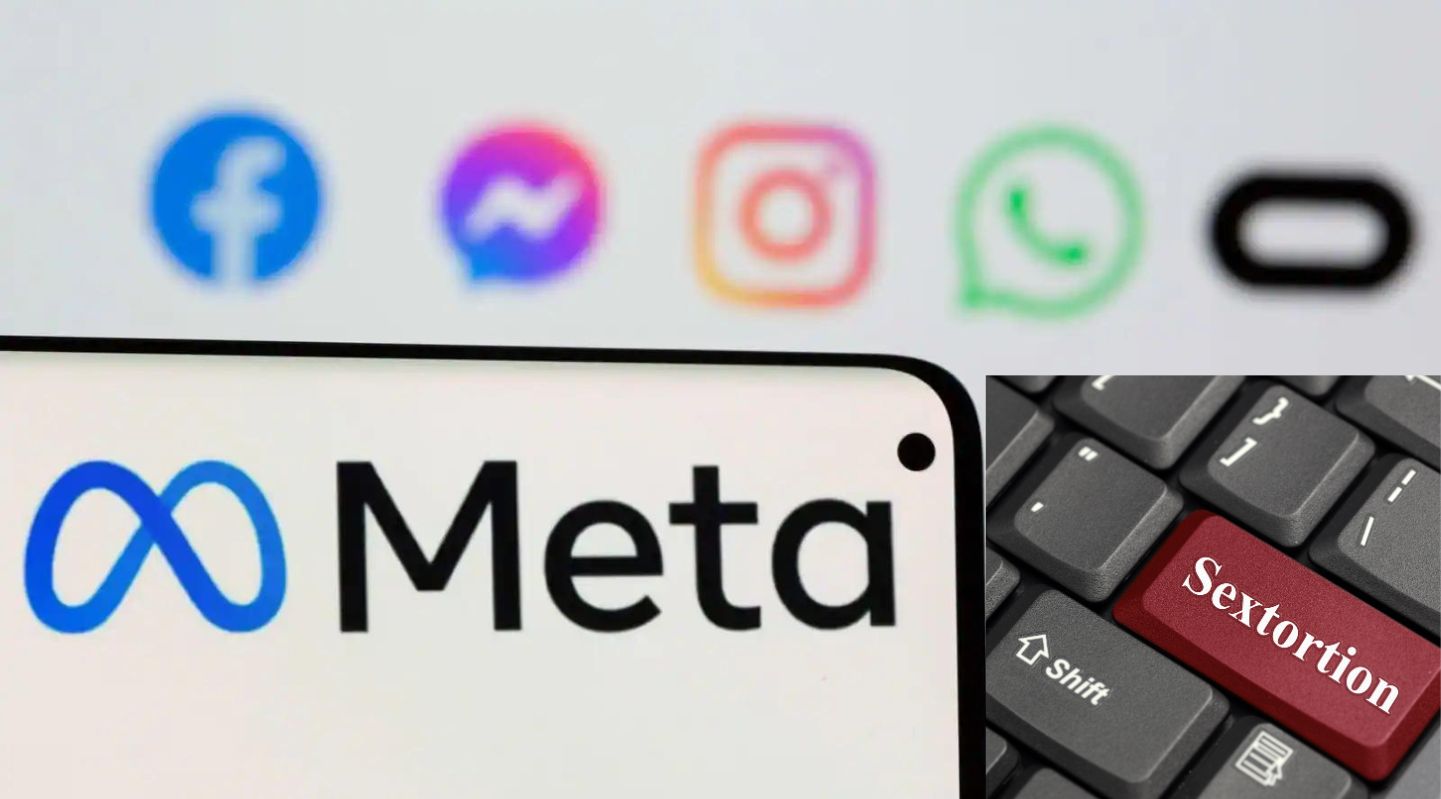Meta has announced a number of changes and initiatives meant to assist its adolescent users in the fight against sextortion on Tuesday.
Notably, Meta announced that the online tool “Take It Down, run by the National Centre for Missing and Exploited Children (NCMEC) and helps fund, will now be more widely available.
Along with a worldwide awareness campaign, the company has revised and updated its Sextortion hub with new recommendations. Launched last year in English and Spanish, Take It Down is now available in 25 additional languages to prevent the spread of non-consensual intimate imagery.
Teens can regain control of their private images and stop predators and ex-lovers from sharing them online. Young people who are concerned about the possibility of their content being posted online can use the system. Additionally, adults a young person trusts, such as parents, can use it on their behalf. In addition, adults can use it if they are worried about photos taken of them when they are younger than 18.
The system is designed to allow users to privately assign a unique hash code—a numerical fingerprint—to their images or videos from their own devices by following certain instructions. Meta can locate and remove any copies of the image or video after the hash has been sent to NCMEC. Another benefit is that it can deter potential threats from being posted again. Remember that the hash is all that teens require—not the explicit photo or video—to be submitted.
There are currently translations of Take It Down available in the following languages: Icelandic, Chinese, French, German, Urdu, Tagalog, Bengali, Thai, Arabic, Dutch, Tamil, Turkish, Italian, Khmer, Kurdish, Bahasa Indonesian, Malayalam, Marathi, Sinhalese, Vietnamese, and Korean.
Read also: Meta updates Facebook business page
Meta’s other steps
Meta has also updated its Sextortion hub with new instructions for victims of cyberbullying on how to regain control. The recommendations include information on how parents can help their targeted adolescent. In creating the revised recommendations, Meta collaborated with Thorn, an organisation that develops tools to protect children from sexual abuse.
Meta hopes that by launching this worldwide campaign, more parents and teens will be aware of the dangers of these scams and how to protect themselves. The business will collaborate with safety groups and content producers to spread the word.
These updates follow a week of testimony from Meta CEO Mark Zuckerberg at a Senate hearing, during which Republican Senator Lindsey Graham accused the executive of having “blood on his hands.” Graham brought up the fact that a man in the audience had lost his son to suicide after being targeted in an Instagram sextortion ring.
Later on, many parents in the audience demanded an apology from Zuckerberg, as they held up photos of their children who had died as a result of cyberbullying on sites like Instagram and Facebook. Other CEOs from Snap, Meta, TikTok, X, and Discord testified with Zuckerberg.
Why teens must be protected on the Internet
The importance of keeping teenagers safe online cannot be overstated. Teenagers face a wide variety of online dangers due to the proliferation of digital footprints and technological advancements. Phishing, cyberbullying, online predators, and identity theft are all forms of cybercrime.
According to BCG research, up to 93% of kids between the ages of 8 and 17 use the Internet. Almost 3/4 of people who took the survey reported being the target of some kind of cyberattack. Out of all the children in the world who have access to the internet, only 52% report feeling safe while using it. There are things you can do to keep your children safe when they’re online.
Meta was charged with exploitation and union busting in Kenya.
How guardians can protect their teens
In order to keep your child safe while using the internet, you should do the following:
You need to make a media strategy for the whole family. Your child and you should work out the details of the plan. Consider including guidelines for acceptable online conduct and designated “screen-free zones” in your plan.
Get down on your child’s level and discuss disturbing or inappropriate material. If your child confides in you about a disturbing online experience, it’s important to have conversations that are open and nonjudgmental.
Keep tabs on your child’s internet activity and the amount of time they spend on it. Indicators of potential difficulties for your child can be better identified in this way.
Make a social media request: ask your child to “friend” you. While this may be acceptable to younger teens, older teens may choose not to friend you.
Remind and encourage your child to use caution when browsing the web. An acceptable example is reminding your child to check their privacy settings.
Learn the process for reporting unlawful or offensive material on the internet.
Stay away from web filtering software and other security measures. Filters may prevent teens from learning to recognise and avoid inappropriate material. Using the internet in unfiltered environments might put them in danger, whether intentionally or not.
















